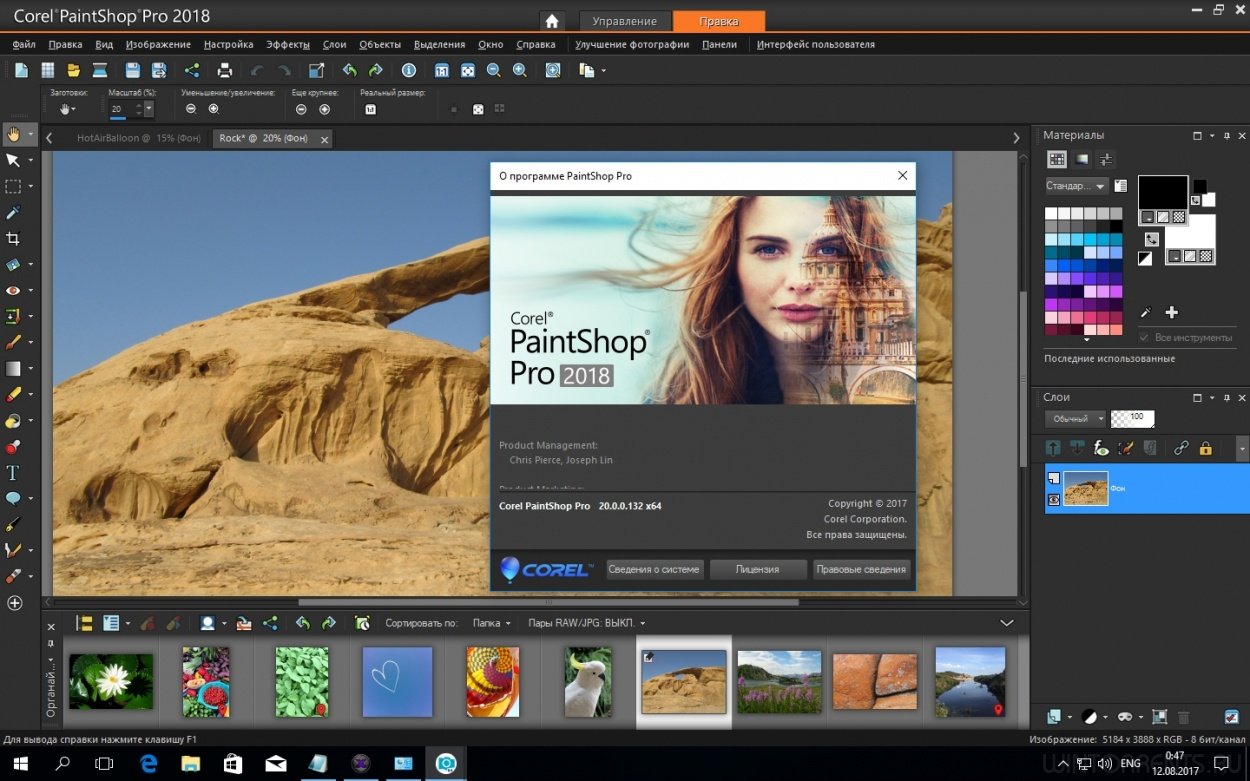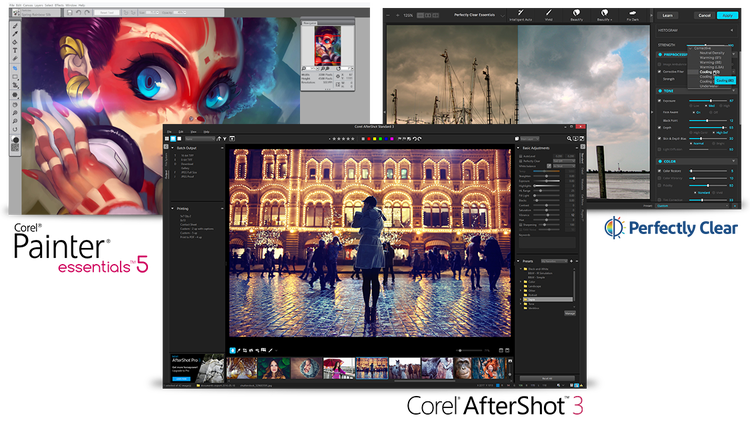

Paintshop pro 2018 vs after shot pro 3 how to#
The only thing I had a problem with, was trying to figure out how to paint in local adjustments. There aren’t so many they become confusing. Unlike Lightroom and On1 Photo RAW which use modules, AfterShot Pro 3 uses tabs. This isn’t the most important area to draw your attention to. Camera Profiles aren’t as useful as the exposure slider or are so hidden that it needs to be pointed out. It is supposed to bring your eye to the ‘Get More’ Modular Camera Profiles, but why? Next is that red star icon in the middle of the far-right of the interface window. They don’t need to be so over the top though. These colours are labels and can be added to your images to separate in your culling or selection process. The next thing I find distracting is the terrible colours at the top of the window interface. The file system itself works, but it’s very basic. I feel like Aftershot 3 Pro was a little lazy here. Adobe Lightroom created its own icons, which are not over the top. They are horrible and distracting.Īt the very least, they need to be muted, or, even better, adapted to fit into the same theme as the program. Number one is they left the Windows-style folder icons and colours in the File System on the left. There are many things I find that don’t fit well. But I find the interface not as attractive or easy on the eyes as its competitors. If this is your first entrance into photo editing software, you might like the interface. I understand the main benefit of AfterShot is that it is much faster than Lightroom. Why not concentrate on an engine that focuses on something different or better? With AfterShot Pro 3, it’s a little too similar.
Paintshop pro 2018 vs after shot pro 3 software#
The problem with comparing yourself to Lightroom is that it forces the new editing software to copy and act in the same vein. They also make a comparison to Lightroom 6 to compare perpetual licenses. They perhaps didn’t do this, because their product doesn’t hold up so well to the fuller version. If AfterShot Pro 3 were to compare themselves to any program, it should be Lightroom Classic.

So, Aftersthot is comparing themselves to a basic and inferior product. Lightroom CC is meant to give mobile and tablet-based photo editors access to desktop editing. I see it as the basic, beginner’s version of Lightroom, based around their mobile app.


But its information is a bit outdated.Īlso, Lightroom CC is not necessarily the direct competitor of AfterShot Pro 3. You can see quickly what AfterShot gives you, and where Lightroom fails. On AfterShot’s website, there is a comparison of AfterShot Pro 3 against Lightroom CC and Lightroom 6. And you can use lightweight software like AfterShot Pro 3 and Lightroom for culling and local adjustments. You might use the heavyweights for layers, masks, focus stacking and other complex edits. In the end, you may possibly use both types of programs. Although, the first three have introduced some more advanced features you find in Photoshop like masks and layers, and the last two listed are free. I prefer a faster workflow compared to more complex adjustments, too.īecause of this, the main competitors of AfterShot Pro 3 are Adobe Lightroom, ON1 Photo RAW, Darktable and Rawtherapee. The lightweights go for speed rather than advanced editing. Corel’s AfterShot Pro 3, Adobe Lightroom and ON1 Photo RAW fall into this category. They process images faster than a butterfly moves but lack the more complex post-processing tools. Photoshop and Capture One are great examples of these. There are the heavy hitters, who have all the advanced tools but a slower workflow. And looking at the many different ones out there, it’s easy to see how they both fall into one of two groups. AfterShot Pro 3 and Lightroom are image-editing software.


 0 kommentar(er)
0 kommentar(er)
